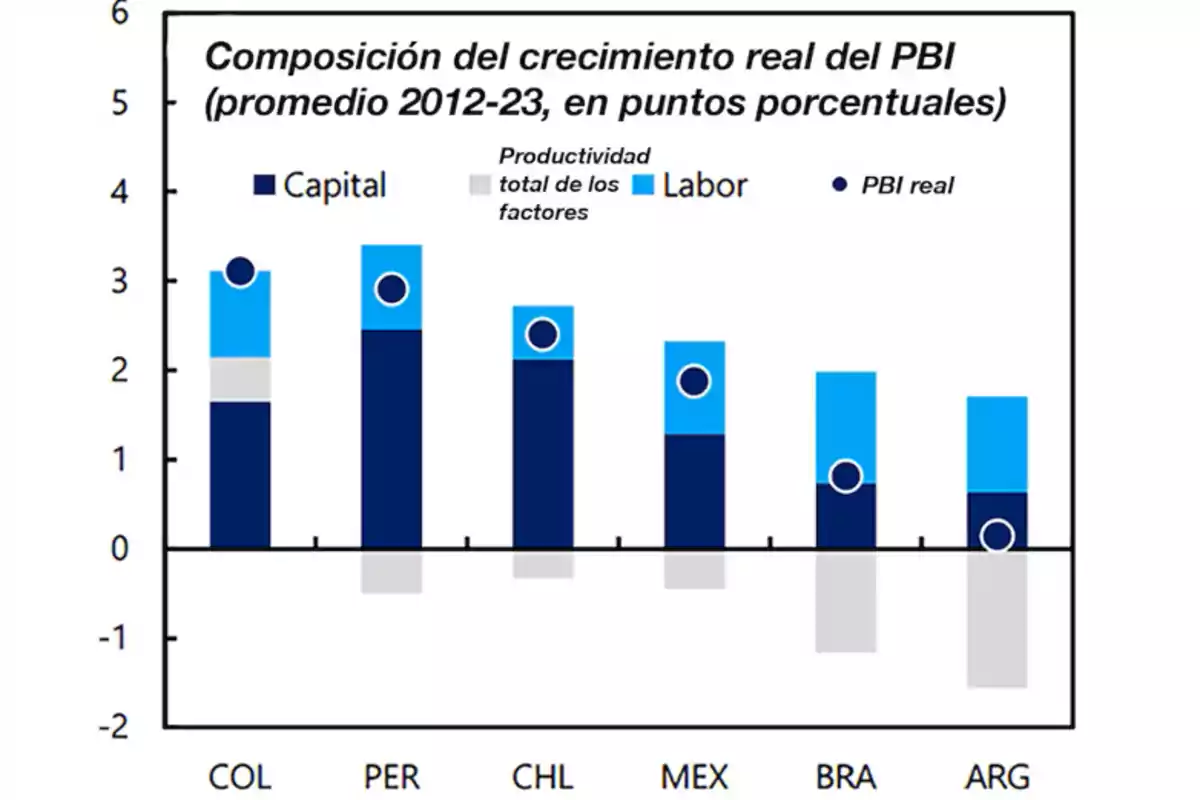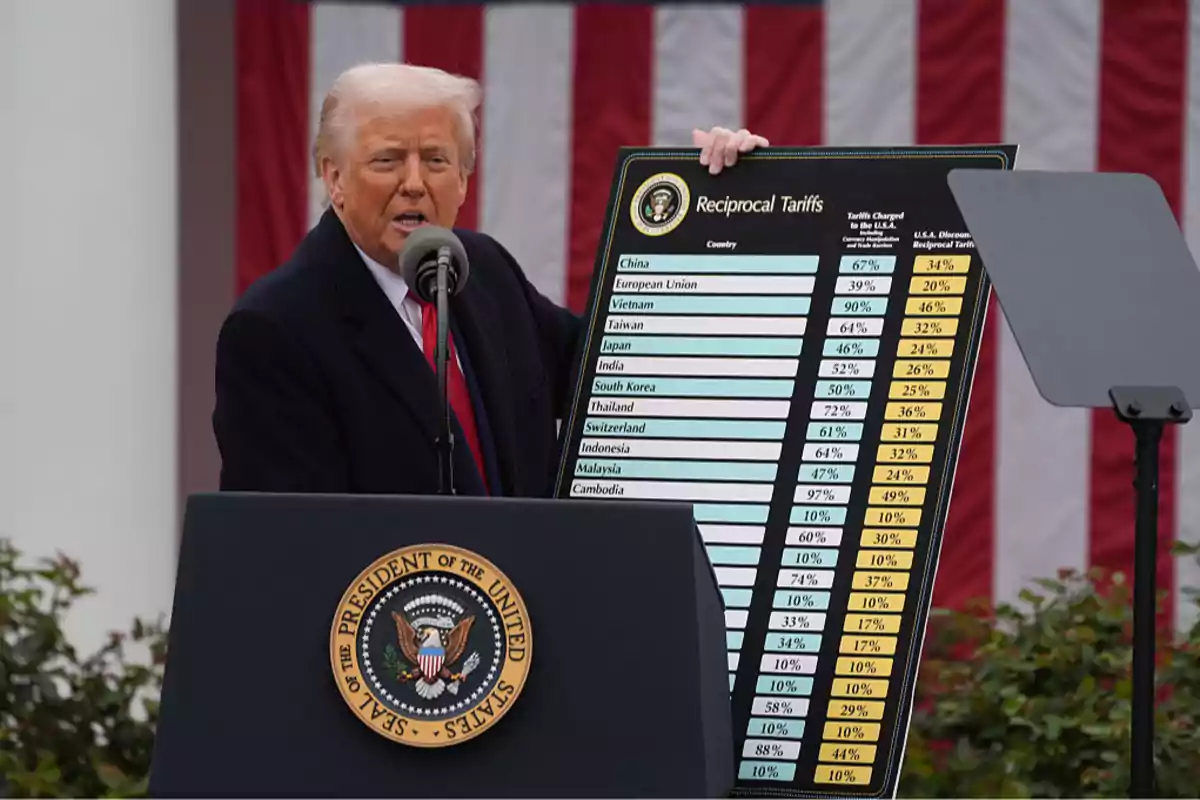
The IMF projects that Argentina's economy will grow by 5.5% in 2025.
A 10% per capita decline was determined between 2011 and 2023. The staff contrasted it with Latin American growth
The International Monetary Fund (IMF) projected a growth of the Gross Domestic Product of Argentina (GDP) of 5.5% for the year 2025, driven by the strength of domestic demand and statistical carryover effects following a significant improvement in the second half of 2024. This projection represents a strong endorsement of President Javier Milei's economic program.
According to the latest report from the multilateral organization's staff, after a slight contraction of 1.7% in 2024—a direct legacy of an economy devastated by decades of populism, unsupported issuance, and unproductive Kirchnerist statism—Argentina enters a new stage. The text clearly states that growth will be sustained "by solid domestic demand and the statistical carryover effects of a stronger underlying growth dynamic during the second half of 2024."
The report doesn't shy away from highlighting the contrast between the recent past and the near future. In raw figures, Argentina's GDP per capita fell by 10% between 2011 and 2023, which the Fund describes as a true "reverse miracle." Compared to countries like Colombia, Peru, Chile, Mexico, and Brazil, Argentina lagged in growth, productivity, and investment. While Colombia and Peru grew at an average of nearly 3% annually and Chile and Mexico exceeded 2%, Argentina remained stagnant at an average of 0%.
Contrary to the past, Milei's government has achieved what seemed impossible: organizing public accounts in record time. The IMF projects a primary surplus of 1.3% of GDP for this year, although the Government has already anticipated it could reach 1.6%, in anticipation of a challenging international environment. For the medium term, a current primary surplus of 2.5% of GDP is expected, thanks to a combination of fiscal discipline, tax restructuring, and a pension reform.

The IMF explicitly acknowledges: "The continued and strict spending discipline, along with fiscal reforms in the areas of taxation, revenue-sharing, and pensions, should continue to reinforce the fiscal anchor." Additionally, the organization highlights that "strengthening the macroeconomic essentials of the economy is a necessary condition for achieving sustainable growth," something the country's new direction is beginning to ensure.
Another advantage of the new economic model is the Incentive Regime for Large Investments (RIGI), already operational, which allowed commitments of USD 12 billion in foreign direct investments. This new regulatory framework—market-friendly and regionally competitive—is designed to attract large-scale capital and stimulate the development of key sectors.

The report also mentions risks to consider, such as contingent liabilities linked to the nationalization of YPF and GDP coupons. Although the IMF doesn't mention it directly, these liabilities are a direct result of the management of then-Minister of Economy Axel Kicillof, current governor of Buenos Aires, whose legal incompetence created a true international financial problem.
Meanwhile, the IMF warns about global "trade tensions," particularly those arising from the tariff policies of the U.S., driven by the Trump administration. While they could impact global demand and commodity prices, the direct effect on Argentina will be limited: in 2024, exports to the U.S. represented USD 6.5 billion, just 1% of GDP, and the 10% tariff imposed by Washington would have an effect of less than 0.1% of Argentina's GDP.
More posts: